Sometimes it's important to know the inside scoop on things. For example, it's (relatively) easy to change the font in WebSphere Development Studio Client for iSeries (WDSC). You just go to the Preferences. OK, you have to know exactly where to change the font, but I'll show you that in a moment. Even so, just being able to change the font isn't the end of the story. In this article, I'll show you some extra secrets that will make your life much easier.
First Things First
First, though, I do have to show you how to change the fonts in the first place. As Windows and WDSC both become more complex, more and more options appear. First, I want to point out an option that can be extremely disruptive: using the Windows Display Properties dialog.
Those of us who are getting a bit older sometimes need a little help with our eyesight. One of the options in Windows is to use the Appearance tab in the Display Properties dialog (which you can get to by right-clicking on an empty spot on the desktop and selecting Properties from the pop-up menu). This dialog is shown in Figure 1.
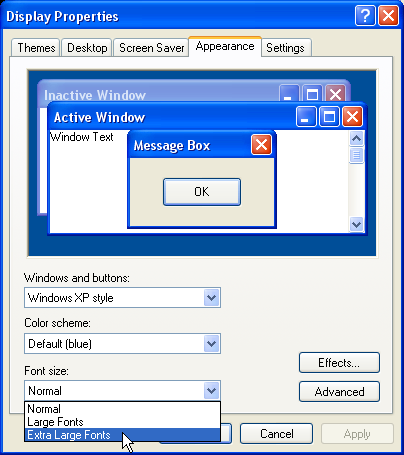
Figure 1: The Display Properties dialog has several tabs, including Appearance, shown here. (Click images to enlarge.)
As you can see, there is an option to change the font size from Normal to Large Fonts and even Extra Large Fonts. I must warn you: If you change the font size here, many things are affected, including all the dialog boxes in WDSC. Some of the larger ones (such as Preferences) are affected so drastically that they no longer fit on a standard monitor. Please take care if you use this option.
More important, though, is the fact that this option doesn't really affect your source editor. The editor, which is one of the places where we most need such control, has its own way of setting fonts. We use the Preferences dialog from the WDSC workbench.
Why Change Fonts at All?
Do you need to change fonts? The default font for WDSC is Courier New at 10 points, which is actually a pretty reasonable compromise font. Take a look at Figure 2 to get an idea of what the code looks like.
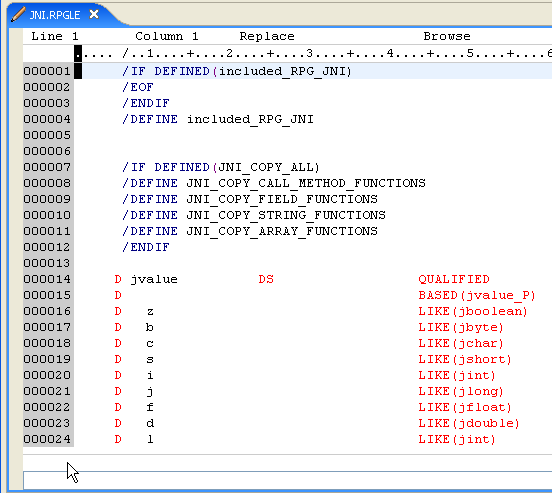
Figure 2: This is the default font; with a little work, you can get 24 lines in a standard display.
Figure 2 was taken from a 1024x768 display after a little magic on my part in creating a perspective that uses nearly the entire workbench for editing (this is a standard technique I use, one which I'll share in another tip). Expand the workbench to 1280x1024, and you get an additional 18 lines of source.
Even with only 24 editable lines, it's still better than SEU. However, let's see what happens when we change the font. First, bring up the Preferences dialog by selecting the Window menu from the main menu bar and then selecting Preferences... as shown in Figure 3. This will bring up the dialog shown in Figure 4.
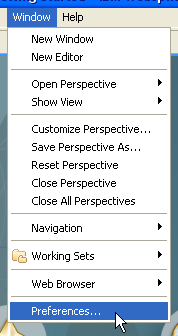
Figure 3: Select Window>Preferences... from the main menu.
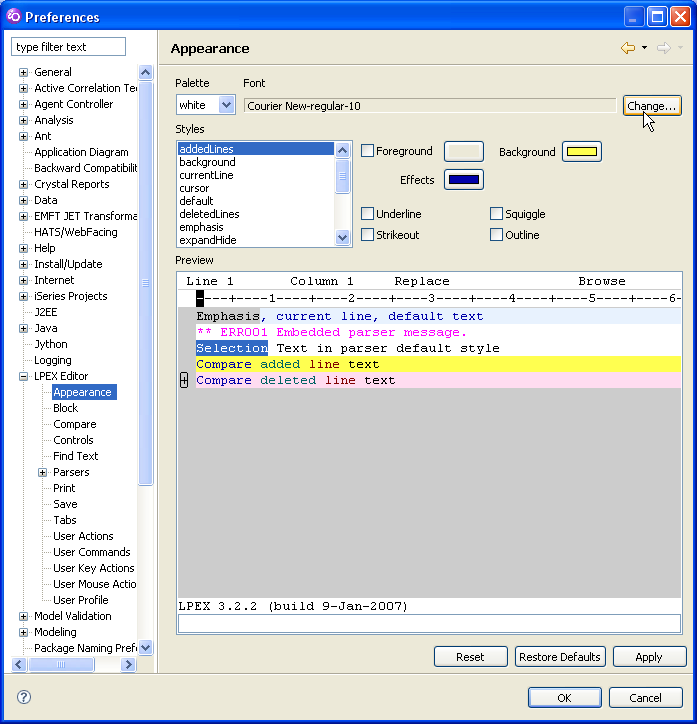
Figure 4: Expand the LPEX Editor category and select Appearance; then click on Change....
Using the navigation tree on the left, expand the LPEX Editor category and then select the Appearance dialog (Figure 4). On the upper right corner of the dialog, you should see that the current font is Courier New-regular-10. Click on the Change... button to bring up the font selection dialog.
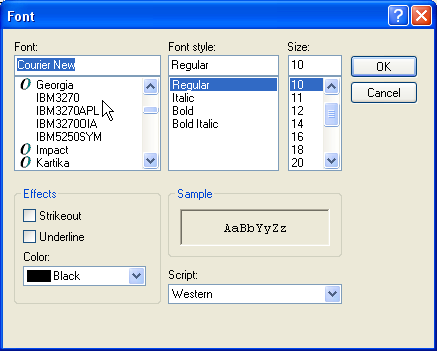
Figure 5: This dialog allows you to select the font, size, and style.
Figure 5 shows the dialog that allows you to select from the available fonts and sizes. The basic version of this tip stops here: Change the font size to 8, and you'll get a display that shows 28 lines rather than 24 (or 48 in 1280x768 mode). This is the limit; even though you can manually type in smaller font sizes, they really aren't usable.
Font Secret Number One
If you look at the Font dialog shown in Figure 5, you'll see several fonts starting with "IBM." Somehow, IBM registers these fonts dynamically. In fact, you won't see them in the font selection dialog unless Client Access is running. If you do see them, though, you can select IBM3270 (the only practical font) and run it at a point size of about 8, and you'll get a screen like the one in Figure 6.
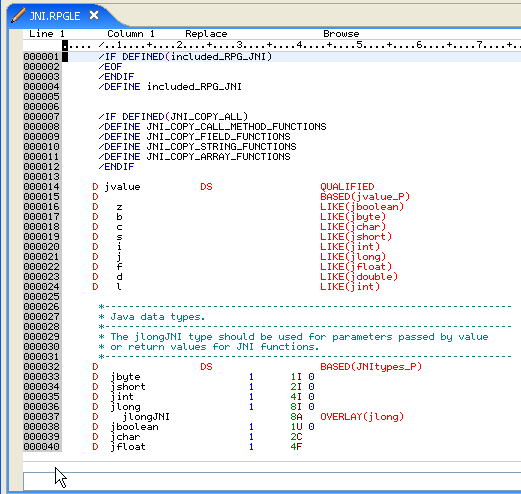
Figure 6: The IBM3270 font gives you an additional 16 lines at 1024x768.
Even at 1024x768, you get 40 usable, readable lines from the IBM3270 font. And if you have 1280x1024, this leaps up to nearly 70 lines. Try that on your green-screen! There is a down side to this, though: If you end Client Access, the font gets "deregistered" to Windows and your workbench gets all garbled. This also happens if you start WDSC with the IBM3270 font selected and Client Access is not running. Ugly stuff.
Font Secret Number Two
This leads me to the other font secret: Proggy Fonts. If you like the idea of 40 (or 70) lines of source, but you don't or can't have Client Access running on your WDSC workstation, then you can go to www.proggyfonts.com/, the home of the Proggy fonts, as well as a number of other very cool programming fonts.
The primary purpose of Proggy is to distribute fonts for programmers. Basically, the rules for programming fonts are simple: be readable when small, be fixed-pitch, and make sure that there is no confusion between things like capital "O" and zero. This last bit is the reason that computer zeros historically have slashes; most programming fonts will have either a slash or a dot in the middle of the zero.
Of the many fonts there, the one I most often use is Proggy Tiny, which when selected at 12 point in the font selection dialog, is nearly identical to the IBM3270 font at 8 point. This is a very nice way around the Client Access issue, especially since the fonts are free (although I'm sure the developer wouldn't mind a couple of bucks on his PayPal account).
Anyway, there you have it: two ways to get a lot more editing space from WDSC. Enjoy!
Joe Pluta is the founder and chief architect of Pluta Brothers Design, Inc. and has been extending the IBM midrange since the days of the IBM System/3. Joe uses WebSphere extensively, especially as the base for PSC/400, the only product that can move your legacy systems to the Web using simple green-screen commands. He has written several books, including E-Deployment: The Fastest Path to the Web, Eclipse: Step by Step, and WDSC: Step by Step. Joe performs onsite mentoring and speaks at user groups around the country. You can reach him at
















 Business users want new applications now. Market and regulatory pressures require faster application updates and delivery into production. Your IBM i developers may be approaching retirement, and you see no sure way to fill their positions with experienced developers. In addition, you may be caught between maintaining your existing applications and the uncertainty of moving to something new.
Business users want new applications now. Market and regulatory pressures require faster application updates and delivery into production. Your IBM i developers may be approaching retirement, and you see no sure way to fill their positions with experienced developers. In addition, you may be caught between maintaining your existing applications and the uncertainty of moving to something new. IT managers hoping to find new IBM i talent are discovering that the pool of experienced RPG programmers and operators or administrators with intimate knowledge of the operating system and the applications that run on it is small. This begs the question: How will you manage the platform that supports such a big part of your business? This guide offers strategies and software suggestions to help you plan IT staffing and resources and smooth the transition after your AS/400 talent retires. Read on to learn:
IT managers hoping to find new IBM i talent are discovering that the pool of experienced RPG programmers and operators or administrators with intimate knowledge of the operating system and the applications that run on it is small. This begs the question: How will you manage the platform that supports such a big part of your business? This guide offers strategies and software suggestions to help you plan IT staffing and resources and smooth the transition after your AS/400 talent retires. Read on to learn:
LATEST COMMENTS
MC Press Online